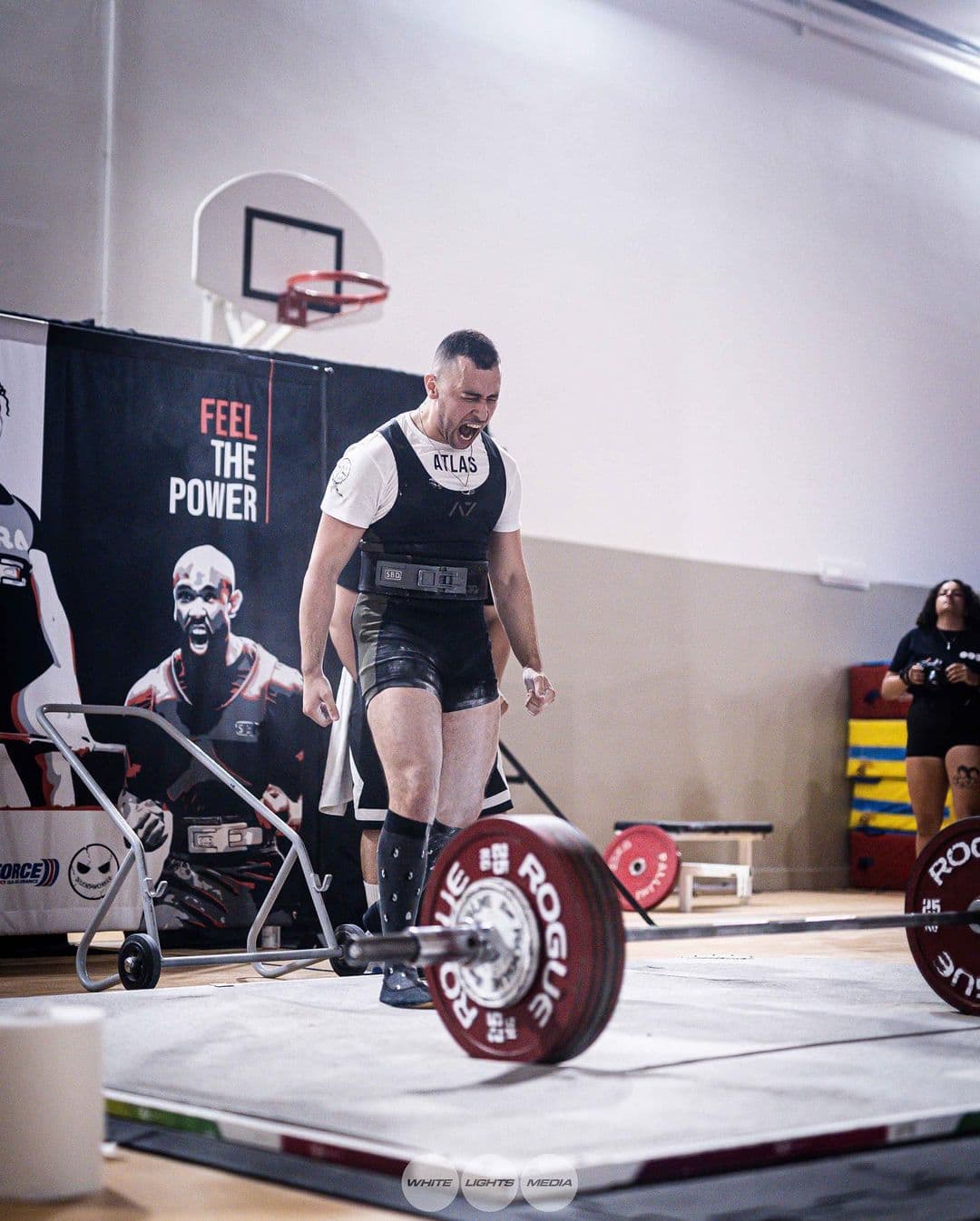16 septembre 2023
Avoiding Injuries in Powerlifting: Essential Tips
Powerlifting, often referred to as strength athletics, is a demanding sport that tests strength, technique, and endurance. Whether you're a dedicated enthusiast or considering entering the world of powerlifting, it's crucial to take steps to prevent injuries. Injuries can not only hinder your progress but also have long-term implications for your health. In this blog, we will explore some essential tips to help you stay healthy while making progress in powerlifting.

Powerlifting, often referred to as strength athletics, is a demanding sport that tests strength, technique, and endurance. Whether you're a dedicated enthusiast or considering entering the world of powerlifting, it's crucial to take steps to prevent injuries. Injuries can not only hinder your progress but also have long-term implications for your health. In this blog, we will explore some essential tips to help you stay healthy while making progress in powerlifting.
Start with a proper warm-up:
Before lifting heavy weights, take the time to warm up properly. Warming up increases blood flow, loosens joints, and prepares your muscles for exertion. Dynamic stretches, specific warm-up exercises for each movement (such as squats, deadlifts, and bench presses), and a few light sets are essential to avoid injuries.
Master the technique:
Correct technique is crucial in powerlifting. Learn the basic movements under the guidance of a qualified coach. Take the time to perfect your form, even if it means starting with lighter weights. Solid technique significantly reduces the risk of injuries.
Gradually increase the load:
Don't rush to add pounds to the bar. Progressing too quickly in terms of weight can lead to injuries. Stick to a well-designed training plan that includes periods of progressive overload but also active recovery.
Use protective gear:
In powerlifting, it's essential to wear appropriate protective equipment. Lumbar support belts, knee sleeves, and wrist wraps can help stabilize joints and prevent injuries. Ensure that this gear is high quality and tailored to your size and needs.
Listen to your body:
Overuse and ignoring your body's signals can lead to injuries. If you experience persistent pain or discomfort during training, stop and consult a healthcare professional. Ignoring pain can worsen existing issues.
Incorporate recovery:
Recovery is just as important as training itself. Give your body the time it needs to repair by including rest days in your program. Adequate sleep, a healthy diet, and hydration are also essential for optimal recovery.
Vary your exercises:
Avoid doing the same exercises with the same range of motion all the time. Introduce variety into your program to engage different muscle groups and prevent overuse.
Be realistic in your goals:
Set realistic goals in terms of strength and progression. Rushing to achieve unattainable goals can lead to injuries.
Stay informed:
Stay updated on the latest advancements in training techniques, injury prevention, and rehabilitation. Continuous education is an effective way to minimize risks.
In conclusion, injury prevention in powerlifting requires a proactive approach that includes proper warm-up, solid technique, intelligent progression, and constant attention to your body. By following these tips, you can minimize the risk of injuries and fully enjoy your passion for powerlifting. Remember that safety always comes first.